The Future of eCommerce in Australia and How Businesses Can Prepare For It
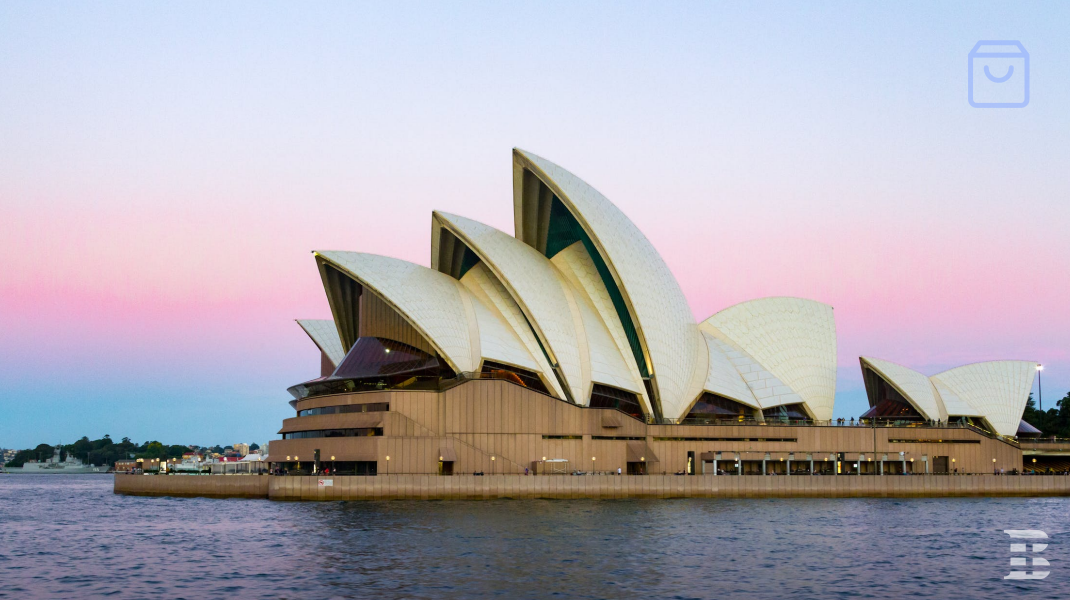
Australia is one of the largest eCommerce markets in the world. The eCommerce industry in the country is expected to grow at a CAGR of 13.7%. About three-quarters of businesses in Australia earn a part of their revenue from eCommerce. Among these, 10% of businesses generate 100% of their revenue from eCommerce.

According to the 2023 Inside Australia Online Shopping Report, Australians spent $63.8 billion on online shopping, and it accounts for 18.1% of total retail revenue. In 2022, 9.4 million Australian households shopped online, making up 82% of the households in the country.
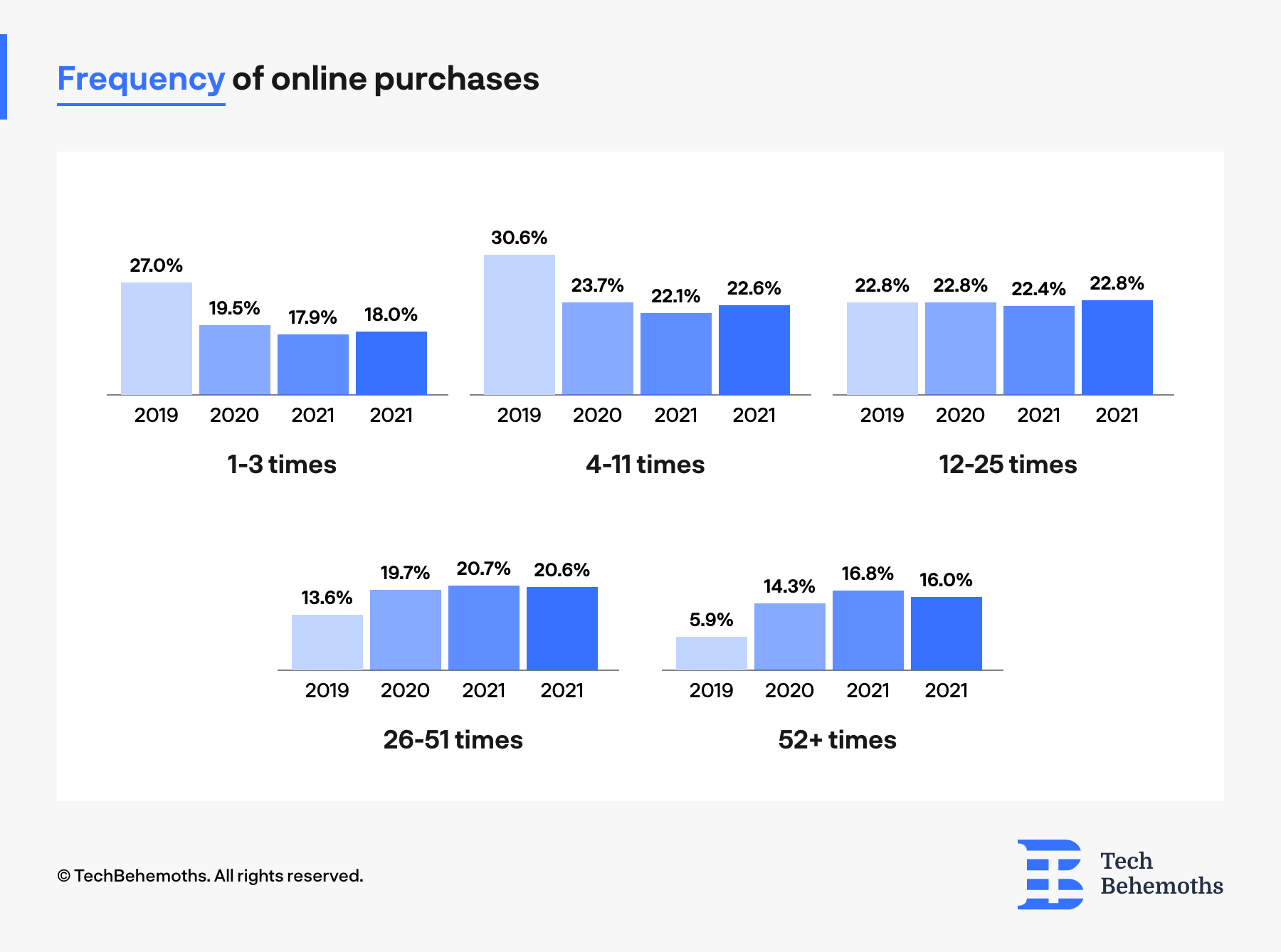
Among the 9.4 million households, 5.6 million showed a purchase frequency of once a month. Additionally, 59.4% of Australian online shoppers bought something over 12 times a year. It means that most online shoppers are buying things at least twice a month.
Future Trends for eCommerce in Australia
The potential of eCommerce in Australia seems boundless. As online shopping grows more popular, customers’ expectations from eCommerce brands continue to change. Here are some of the key trends that will drive the eCommerce market in Australia.
Rise of Omnichannel Experience
Post the Covid-19 pandemic, omnichannel interaction has significantly risen in Australia. According to Google’s Continuous Connection Study, 91% of Australian shoppers interact with brands through more than one channel. The purchase journey of an average customer includes online and offline interaction with a brand and its marketing channels. The below image depicts an average omnichannel purchase journey for Australian shoppers.
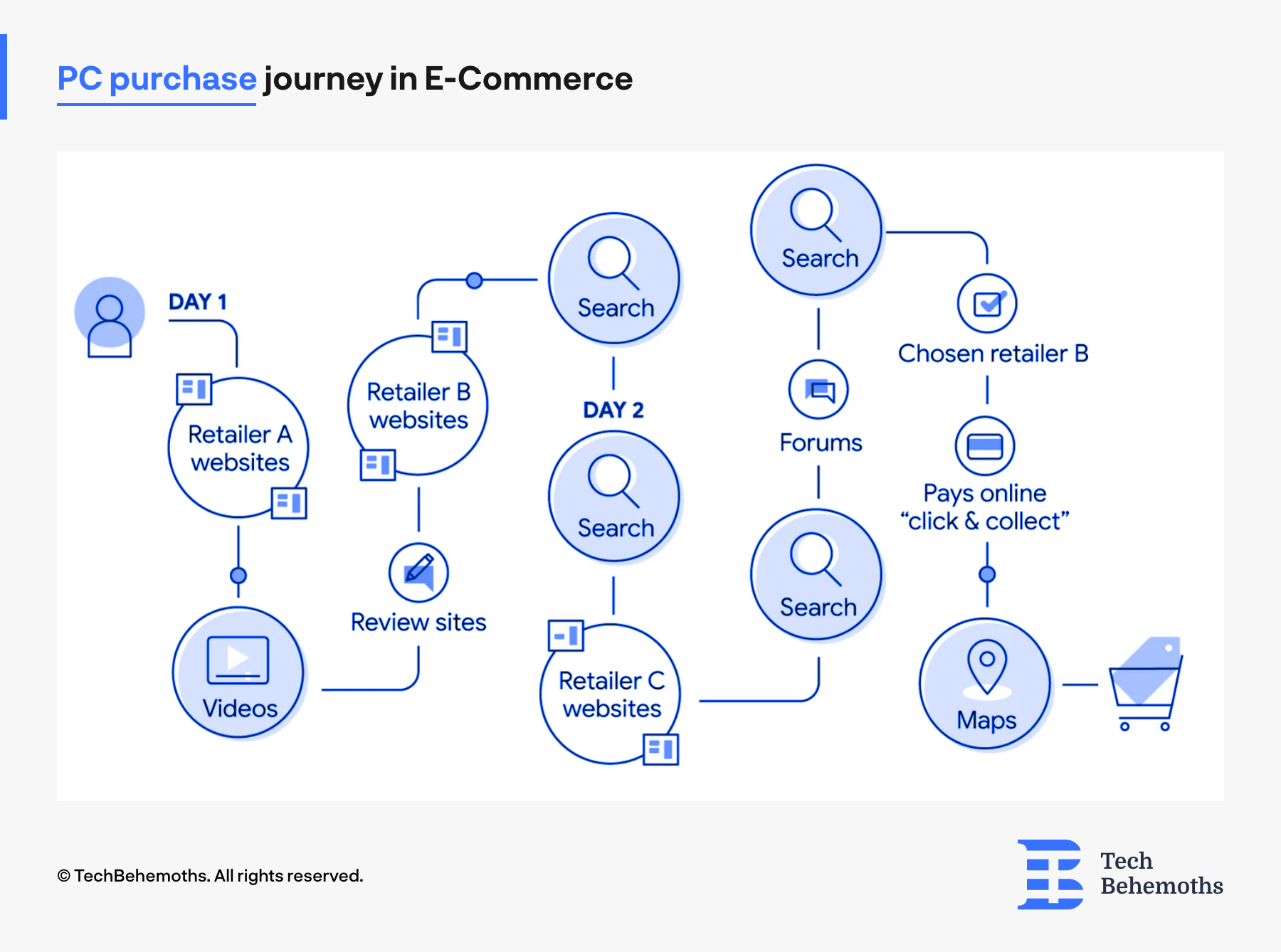
The study shows the relationship between online and offline brand interactions. It shows that online activities contributed to 42% of in-store sales in Australia. At the same time, offline marketing channels such as out-of-home and television advertising were responsible for 40% of online purchases.
Australian eCommerce and retail brands need to expand the horizon of customer experience. The brands need to provide a consistent experience across all points of sales. This consistency has a direct impact on a brand’s reputation. 52% of Australian customers have a more positive outlook towards a brand that connects with them both online and offline.
The impact of omnichannel experience is evident in spending behaviors. In 2022, Australian consumers spent 7% more on omnichannel brands compared to 2021. While digital-only brands saw a 7% drop in consumer spending.
Customers Prefer Free & Fast Deliveries
The demand for free and fast deliveries is a global eCommerce trend, and it is prevalent in Australia as well. According to the Digital 2023 Australia report, free deliveries have the highest influence on purchase decisions. Additionally, 3 out of the top 10 purchase drivers are related to fast delivery.

The significance of fast delivery is also evident in cart abandonment statistics in Australia. 68% of Australians would abandon a purchase if they find that the delivery is not fast enough. Moreover, 32% of Australian shoppers would also abandon their cart if the eCommerce website did not provide an option for express delivery.
Delivery speed is also one of the primary reasons for the rising popularity of domestically produced products. International eCommerce brands targeting Australian customers need to adopt faster modes of delivery through air freight service providers. This would enable them to match the delivery expectations of Australian customers. Long shipping times and frequent delays in international deliveries have turned Australian shoppers away from international brands.
Social Media Shopping is Rising in Popularity
Social media is no longer merely a digital marketing tool for eCommerce brands. Direct shopping through social media platforms is gaining momentum in Australia. 30.3% of online shoppers in Australia purchased products directly from social media platforms like Facebook and Instagram.
Social media users make up for 84.2% of the total internet users and 81% of the total population in Australia. 71% of these users spend more than two hours a day on social media. Among these, 75% of Australian social media users use these platforms for shopping. The below graph shows the rising popularity of social media purchases among Australian consumers.
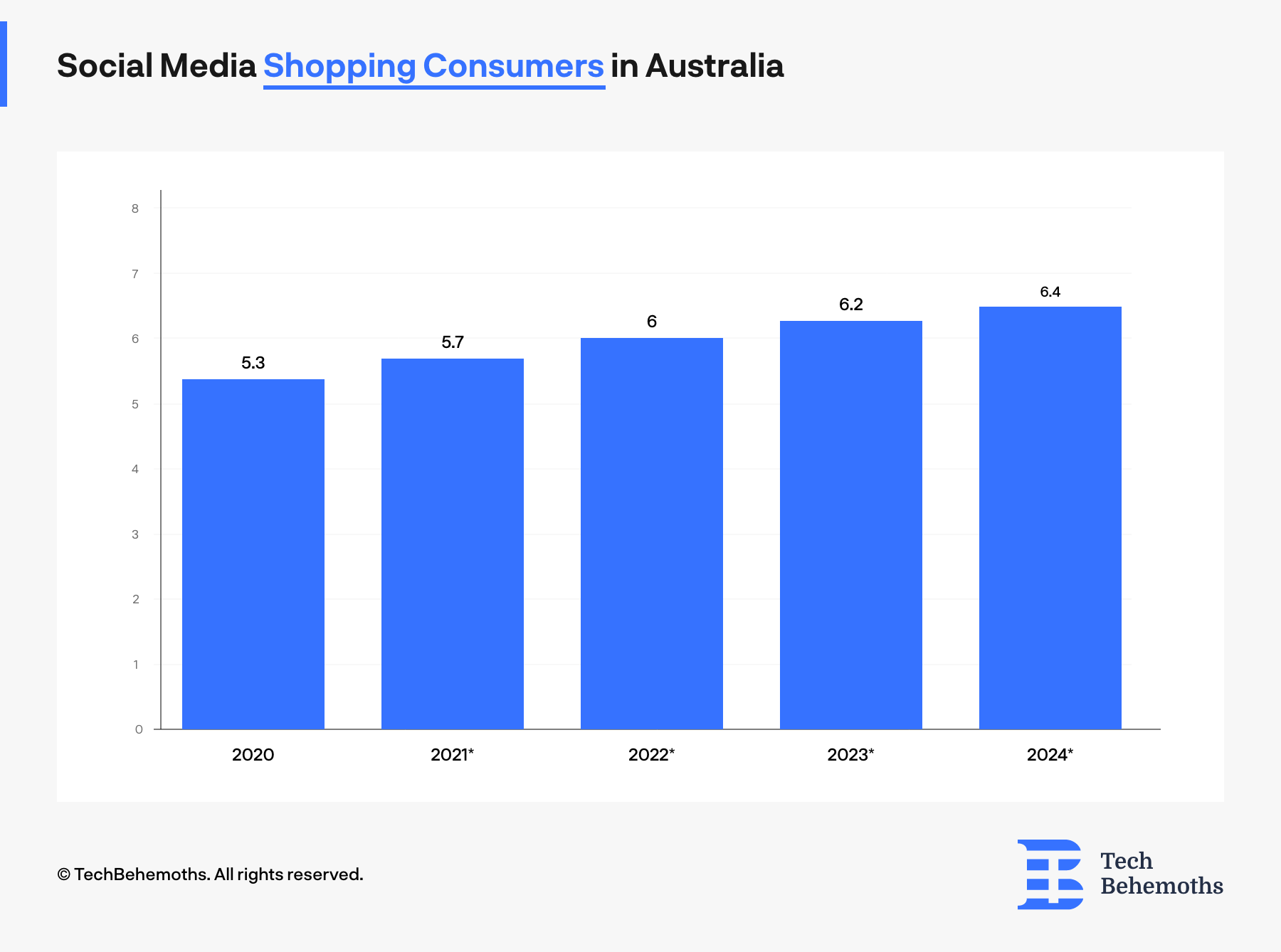
In 2020, 5.3 million Australians used social media platforms for direct shopping. By the end of 2023, this number is expected to cross 6.2 million. Aside from direct social media shopping, Australian customers are also purchasing products through interactive content such as live streams. In 2022, live stream shopping accounted for 3% of eCommerce sales in Australia.
Ecommerce brands need to start getting more active on social media platforms to attract customers. These platforms can serve as a complete marketing channel for discovery, consideration, and conversion. But, the messaging on social media platforms should be part of an omnichannel brand experience
Sustainability is Important for Australian Shoppers
Just like fast deliveries, sustainability is also one of the biggest influencers on the purchase decisions of Australian shoppers. More than just sustainability, Australian consumers are seeking brands that adhere to ethical practices. 85% of shoppers want brands to be more transparent about the origins of a product and the brand’s ethical practices. 87% of Australian shoppers prefer to buy products that assure sustainability and ethical practices. Furthermore, 8 out of 10 Australian shoppers actively seek environmentally friendly products.
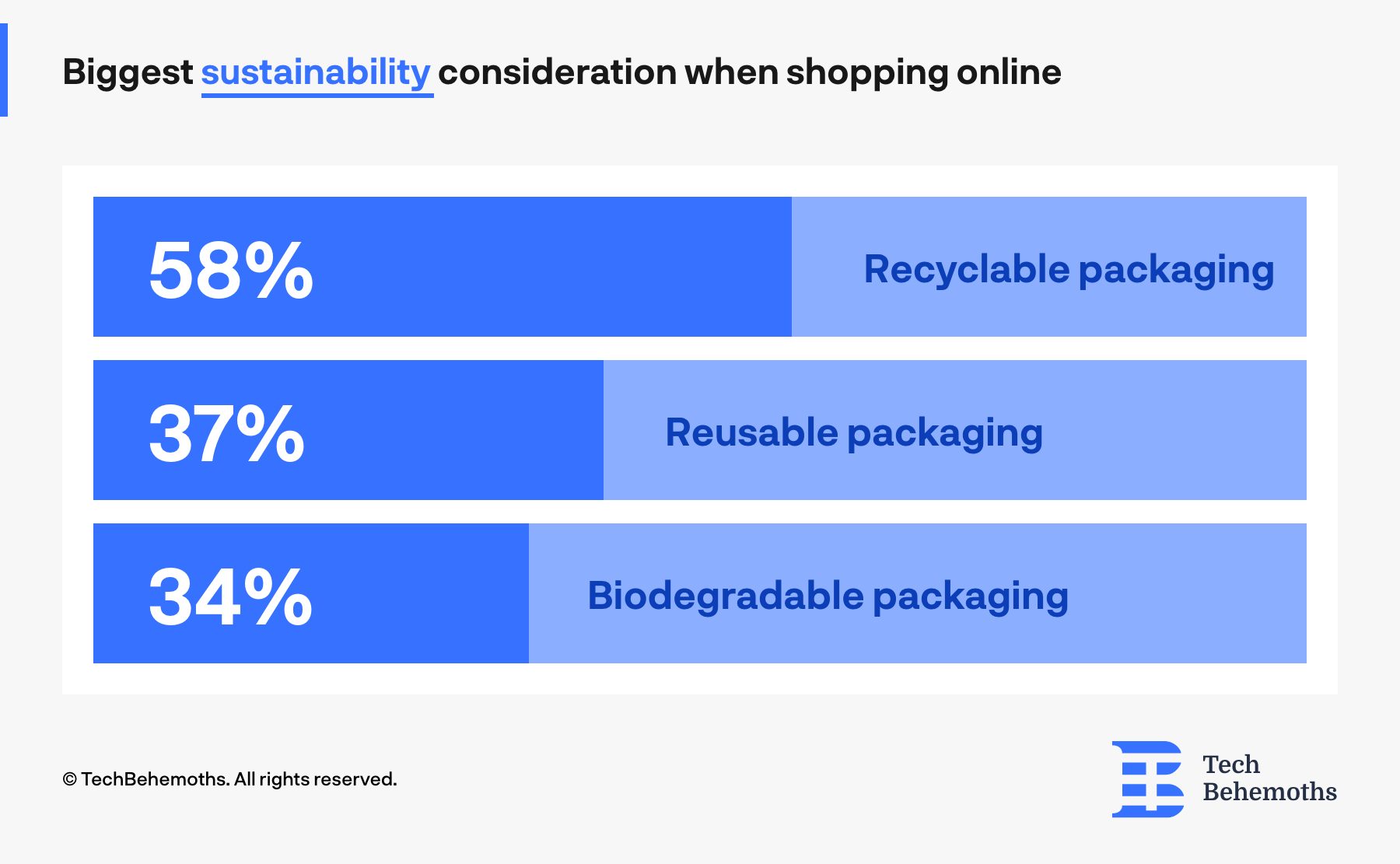
Among all aspects of the product, the packaging is the biggest concern of Australian consumers. Australian consumers want packaging that is either recyclable, reusable, or biodegradable. Ecommerce brands need to embrace these consumer preferences and move towards environmentally sustainable practices to produce and package their products. Additionally, companies also need to use marketing channels to assure their customers that the brand adheres to ethical practices in all aspects of its operations.
Conclusion
The eCommerce market in Australia is both growing and evolving. While customers are more comfortable purchasing products online, they also show a preference for certain types of services and brands.
It is necessary for eCommerce brands to recognize these trends and adapt their business strategies accordingly. This is not limited to marketing and sales, eCommerce businesses need to show their customers that they are a reliable, efficient, and sustainable brand. Companies need to communicate these values across all channels of customer communication, both online and offline.